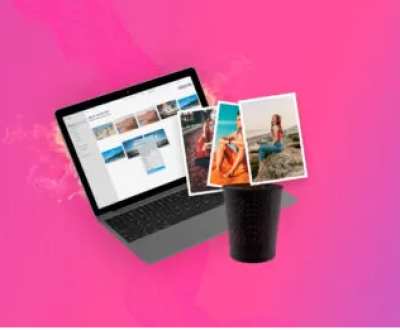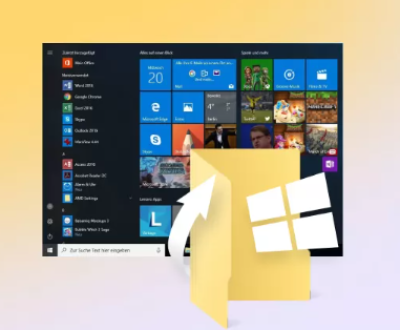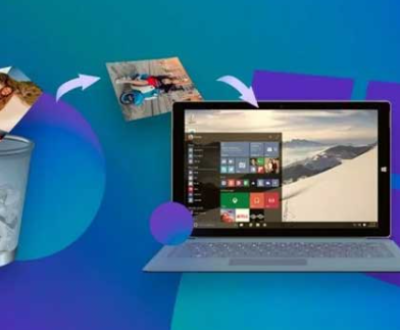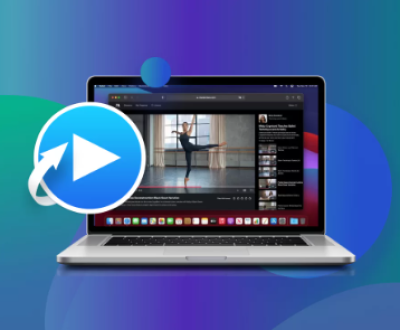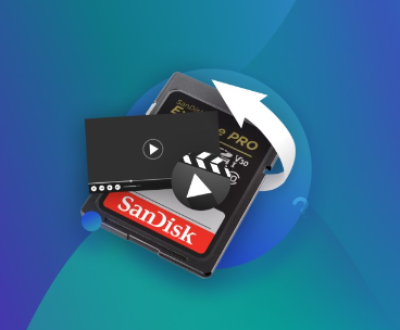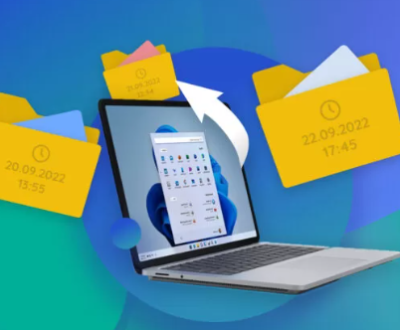When a hard drive or external storage device does not appear in Windows 11 File Explorer, it can be an alarming issue. Whether it’s a new external hard drive, a secondary internal drive, or a system disk, not showing up in File Explorer means you might be unable to access your files.
Common Reasons Why a Hard Drive Doesn’t Show Up in File Explorer
Before troubleshooting the problem, it’s crucial to understand what can cause a hard drive to disappear from File Explorer. Some of the common reasons include:
Loose or Improper Connections: A simple hardware issue such as loose cables or improper connections can prevent the hard drive from being detected by the system.

Driver Issues: Outdated or corrupted drivers can lead to detection issues with external hard drives or internal drives.
File System Issues: If the drive has a corrupted file system, Windows may be unable to recognize it, preventing it from appearing in File Explorer.
Partition Problems: If the hard drive is not properly partitioned or formatted, it may not show up in File Explorer, as Windows requires a valid partition to display the drive.
Power Supply Problems: For external hard drives that require external power, an insufficient or unstable power supply may cause the drive not to be detected by the computer.
Drive Letter Conflicts: Sometimes, the drive may be detected, but its drive letter may not be assigned, or there could be conflicts with other devices, causing it to not show up in File Explorer.
Hardware Failure: A failing or damaged hard drive can also be the cause of the issue, preventing the drive from being detected at all.
Basic Troubleshooting Steps
Before diving into more complex solutions, start with these basic checks:
1. Check Physical Connections
External Hard Drives: Ensure the USB cable connecting the external drive to the PC is securely plugged in. Try a different USB port or cable if needed. If the drive requires external power, ensure the power cable is plugged in and working.
Internal Hard Drives: If you’re dealing with an internal hard drive, ensure the SATA and power cables are properly connected. If you’re unsure, you may need to open the computer case (make sure to follow safety precautions) and verify the connections.
2. Restart Your Computer
Sometimes, a simple restart can resolve detection issues caused by minor glitches or conflicts. Restarting your computer gives the operating system a fresh start and may allow Windows to detect the hard drive.
3. Test the Hard Drive on Another Computer
To rule out hardware failure, connect the hard drive to a different computer. If the drive shows up on another system, the issue is likely with your computer’s configuration, drivers, or settings. If it doesn’t show up, the drive may be faulty.
Advanced Troubleshooting Steps
If basic troubleshooting doesn’t solve the issue, proceed with the following steps to dig deeper into the potential causes and find a solution.
4. Use Disk Management to Check for Detection
Windows Disk Management is a built-in tool that allows you to view all connected drives, whether they are visible in File Explorer or not. Follow these steps:
Press Win + X and select Disk Management from the menu.
In Disk Management, check if your hard drive appears in the list of connected disks.
If the drive appears but doesn’t have a letter assigned, right-click on the drive and select Change Drive Letter and Paths. Then, assign a letter to the drive.
If the drive shows as Unallocated or Raw, it means the drive hasn’t been partitioned or formatted, which may be why it’s not showing in File Explorer.
5. Check Device Manager for Driver Issues
Driver issues can cause Windows not to detect your hard drive. To check and update your drivers:
Press Win + X and select Device Manager.
Expand the section for Disk Drives and check if your hard drive is listed. Look for any warning signs (such as a yellow triangle) next to the drive name, which indicates driver issues.
Right-click on your hard drive and select Update Driver.
If Windows doesn’t find an update, you can also try uninstalling the device and restarting your computer. Upon reboot, Windows should attempt to reinstall the correct drivers automatically.
6. Run the Windows Disk Check Tool
If your hard drive appears in Disk Management but is not showing up in File Explorer, it could be a file system or partition issue. To check for and fix these problems, run the built-in Windows tool:
Open Command Prompt as Administrator (right-click on the Start button and select Command Prompt (Admin)).
Type chkdsk X: /f, where X is the letter of the hard drive you are trying to fix.
Press Enter and let the tool check for and fix any issues with the file system.
7. Assign a New Drive Letter
If your hard drive is detected by Windows but isn’t appearing in File Explorer, there may be a drive letter conflict. To resolve this:
Open Disk Management.
Right-click on the unassigned drive and select Change Drive Letter and Paths.
Click Add and select a new drive letter that isn’t already in use.
8. Update Windows
Ensure that your Windows 11 operating system is up to date. Microsoft frequently releases updates that fix bugs and address compatibility issues. To check for updates:
Press Win + I to open Settings.
Go to Update & Security and click Check for updates.
If any updates are available, install them and restart your computer.
Dealing with Advanced Issues
If none of the previous solutions worked, there could be an issue with the drive itself or a more complex software conflict.
9. Check for Hardware Failure
If your hard drive doesn’t show up on any computer, it may be physically damaged or have failed. To confirm:
Listen for any unusual sounds (clicking, grinding, or beeping), which could indicate a mechanical failure.
If the drive is making strange noises or not spinning up, it may be beyond repair.
In this case, it is best to contact a professional data recovery service for further assistance.
10. Try Using a Third-Party Disk Utility
Third-party disk utilities can sometimes fix problems that Windows’ built-in tools cannot. Tools like EaseUS Partition Master, AOMEI Partition Assistant, or MiniTool Partition Wizard can help with partitioning issues, formatting drives, and even recovering lost partitions.
Preventative Measures
Once you’ve resolved the issue, it’s a good idea to take steps to avoid similar problems in the future. Here are some tips:
Regular Backups: Always back up your data. Regularly back up your important files to an external drive, cloud storage, or another secure location.
Safe Ejecting: For external hard drives, always safely eject the drive before disconnecting it. This prevents data corruption or other issues.
Proper Shutdown: Ensure your computer shuts down properly. Abrupt shutdowns can cause file system corruption that may result in your hard drive not showing up.
Check for Malware: Malware can interfere with the proper functioning of your hard drive. Use a reliable antivirus program to scan your computer regularly.
About us and this blog
Panda Assistant is built on the latest data recovery algorithms, ensuring that no file is too damaged, too lost, or too corrupted to be recovered.
Request a free quote
We believe that data recovery shouldn’t be a daunting task. That’s why we’ve designed Panda Assistant to be as easy to use as it is powerful. With a few clicks, you can initiate a scan, preview recoverable files, and restore your data all within a matter of minutes.
Subscribe to our newsletter!
More from our blog
See all postsRecent Posts
- How to restore deleted images 2025-06-30
- How to restore a deleted file on windows 2025-06-30
- is there any way to restore deleted photos 2025-06-30

 Try lt Free
Try lt Free Recovery success rate of up to
Recovery success rate of up to

